Herbalicious Lammas Loaf Biscuits
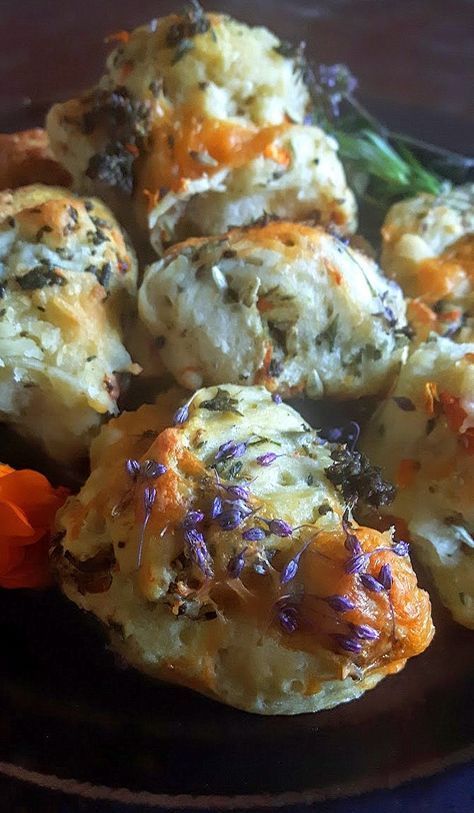 Herbalicious Lammas Loaf Biscuits
Herbalicious Lammas Loaf Biscuits
2¼ cups flour (and a bit extra to flour the counter)
1/2 cup of finely minced aromatic herbs. Use a blend whatever you like: i.e. rosemary, oregano, thyme, parsley, field mustards & garlic mustard. (Put aside four tablespoons for sprinkling the top of the loaf.)
1/4 cup minced flower blossoms. Again use a mix of what you have on hand i.e. calendula petals, wild fennel blossoms, crow garlic or chive blossoms, oregano and sweet marjoram blossoms. (Put aside two tablespoons for sprinkling.)
3/4 cup of grated cheddar cheese. (Put aside four or five tablespoons for topping.)
1 tablespoon baking powder
1 teaspoon of sea salt
1 tablespoon of sugar
⅓ cup butter
1 cup milk
2 tablespoons olive oil for brushing the top.
Preheat oven to 425 degrees. Grease baking sheet. Add your flour, baking powder, salt and sugar together in a bowl & mix together. Cut in your butter, mixing it through the dry mixture until crumbly. Add half the milk and stir, then add remaining milk and mix together. Add herbs, blossoms, cheese. Mix well. Prepare a floured surface and gently knead dough for about a minute. Shape into a roll and cut off rounds for your biscuits. Place in a circular shape (gently touching) on greased baking sheet and sprinkle with remaining cheese and herbs. Bake at 425 degrees for 13-15 minutes. Brush tops with olive oil as they come out.
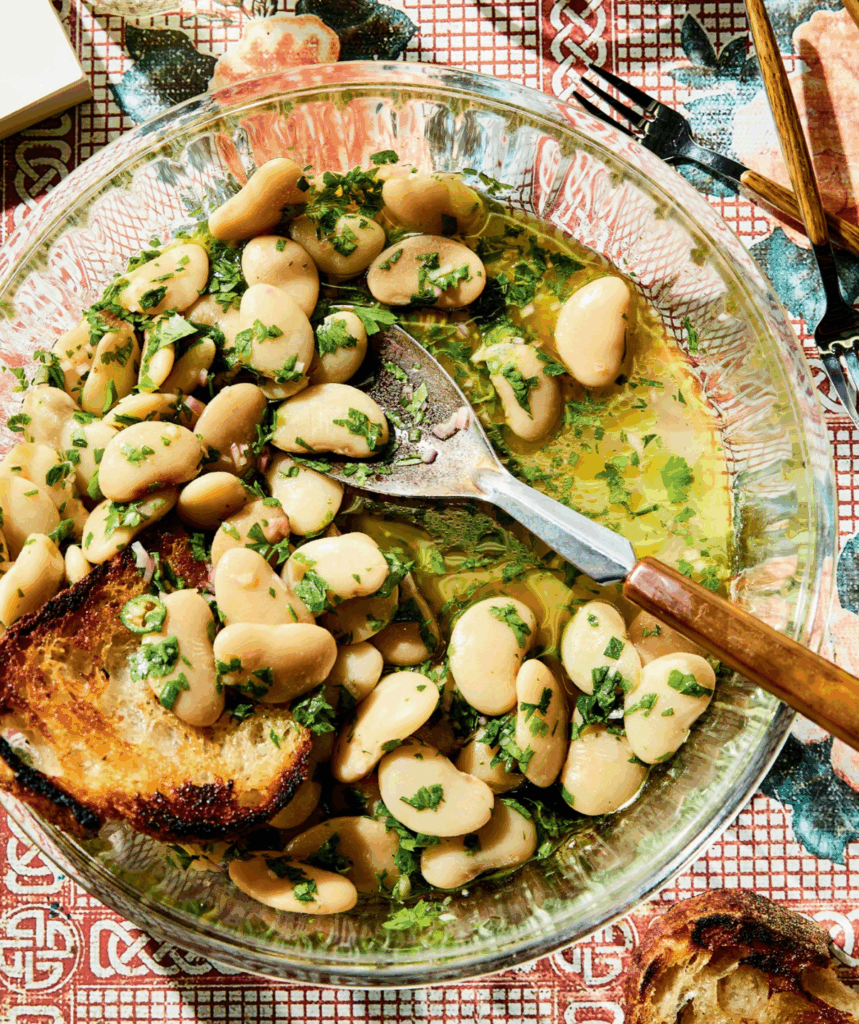 Butter Beans with Salsa Verde
Butter Beans with Salsa Verde Caramelized Corn with Fresh Mint
Caramelized Corn with Fresh Mint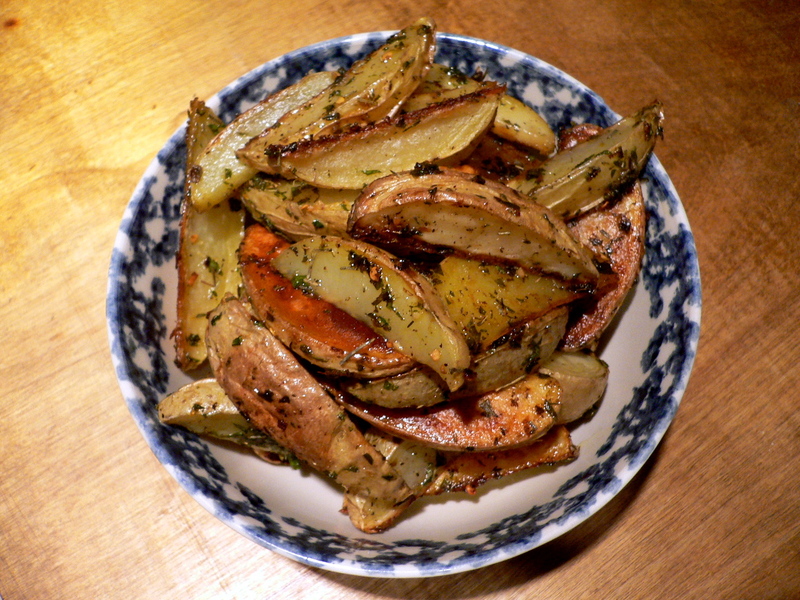 Gremolata Potatoes
Gremolata Potatoes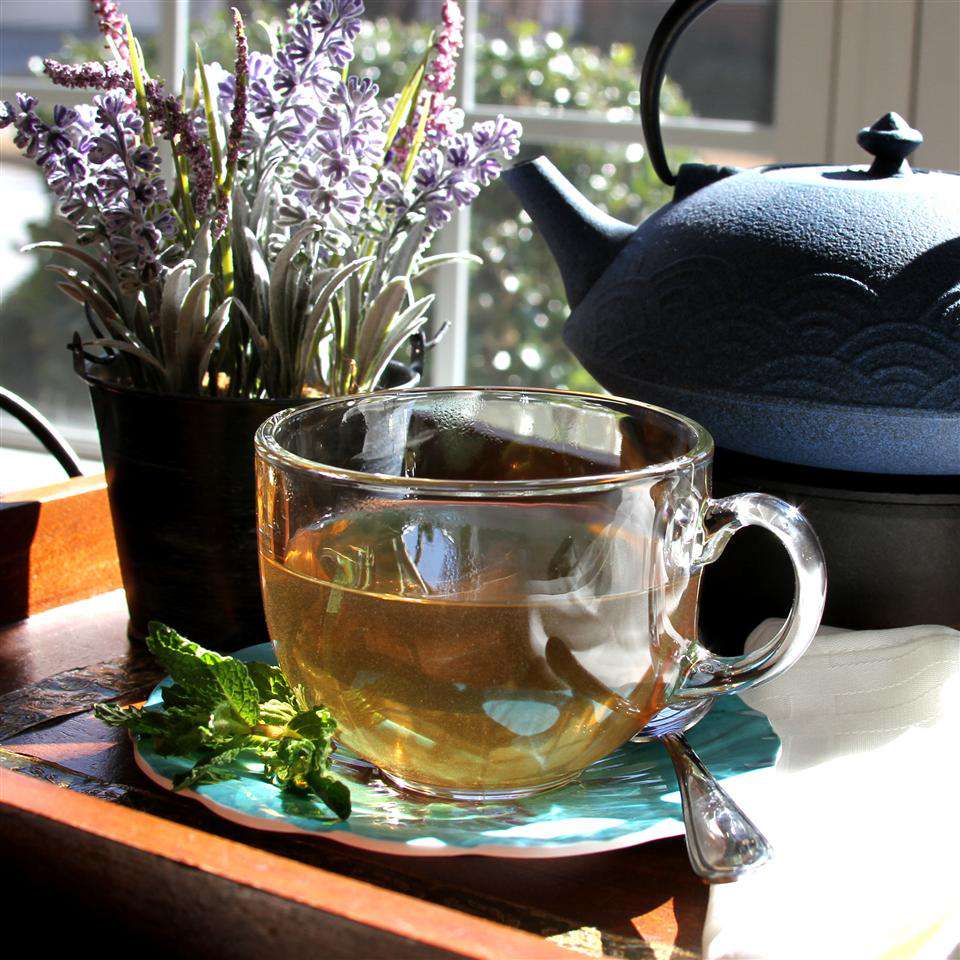 Lunar Witch Tea
Lunar Witch Tea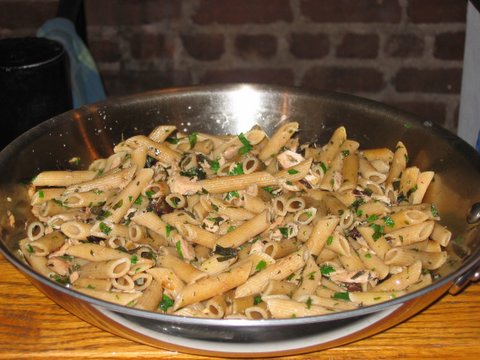 Bucatini With Tuna
Bucatini With Tuna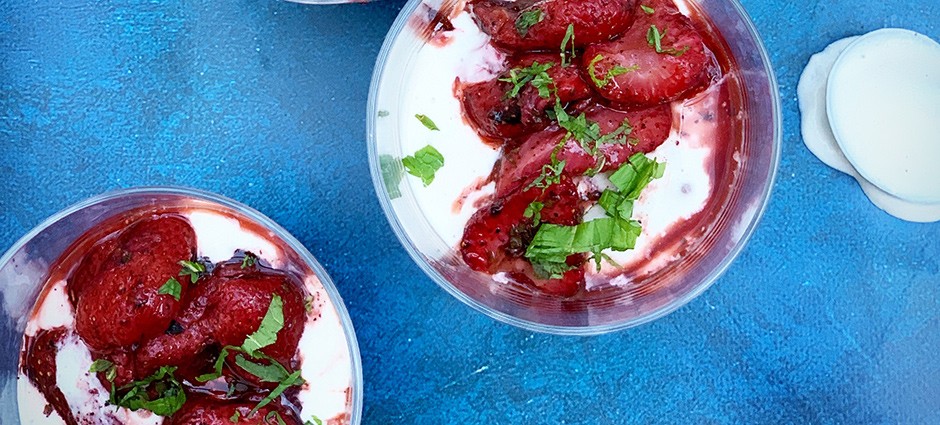
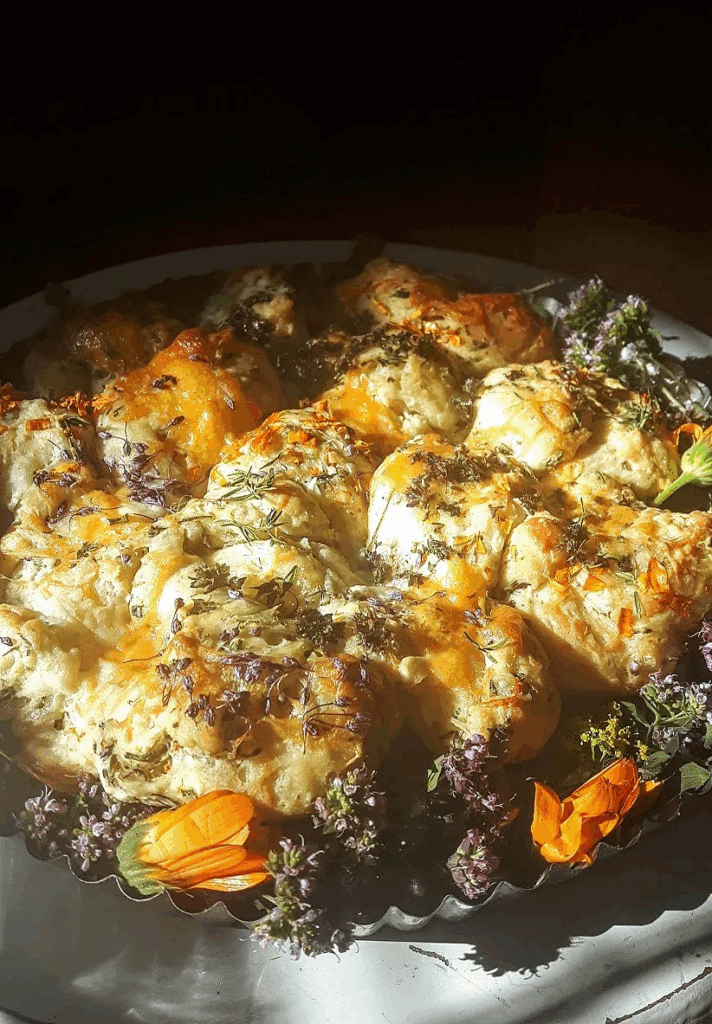 Herbalicious & Cheesy Lammas Biscuit Loaf
Herbalicious & Cheesy Lammas Biscuit Loaf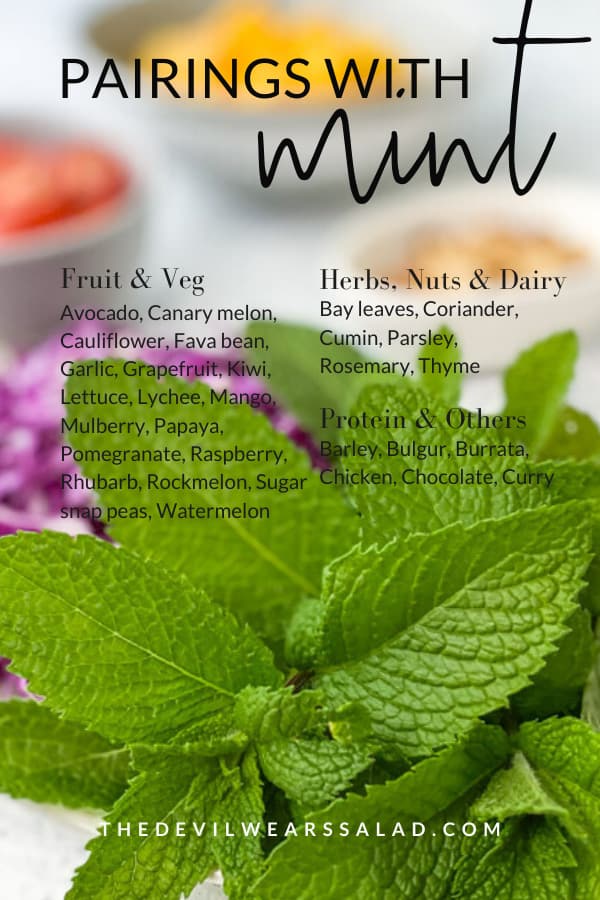
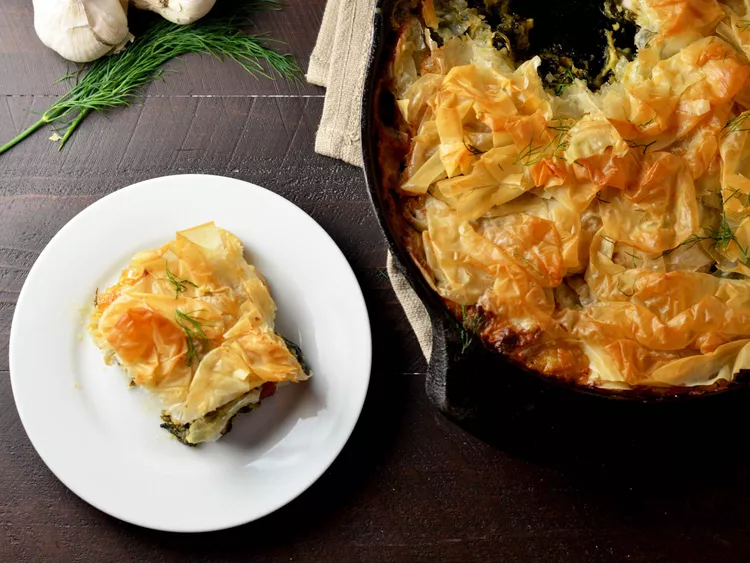 Creamy Garlic Chicken Spanakopita Skillet
Creamy Garlic Chicken Spanakopita Skillet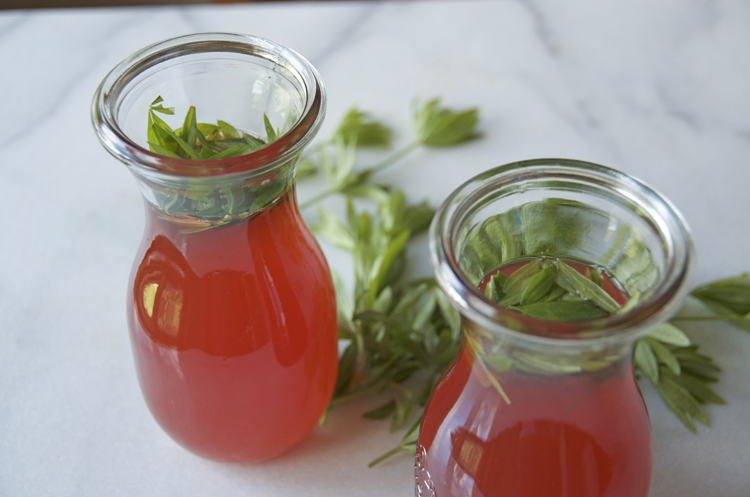 Rhubarb Sweet Woodruff Syrup
Rhubarb Sweet Woodruff Syrup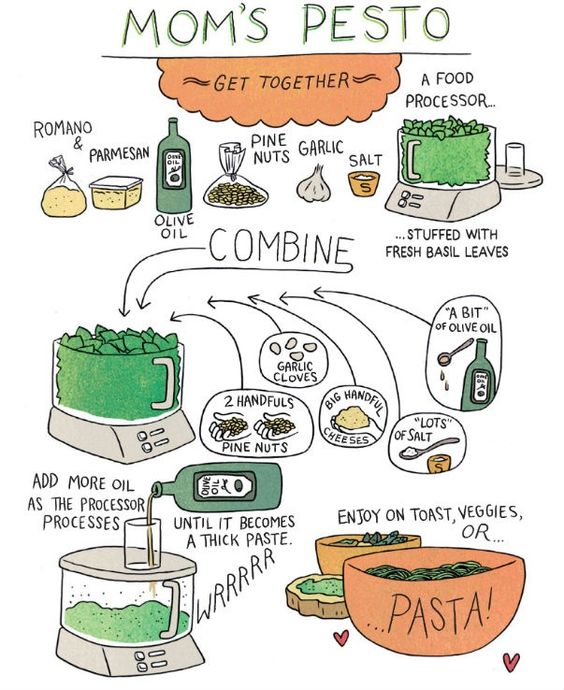
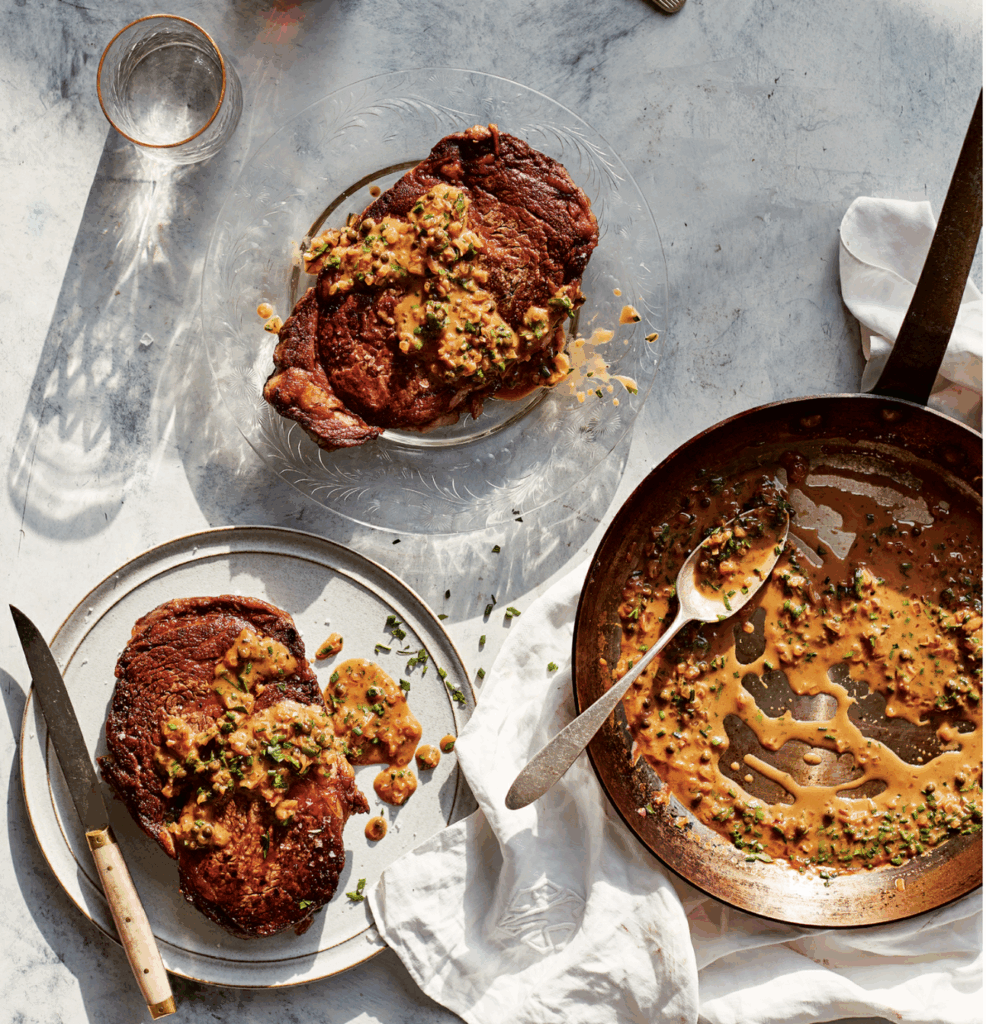 Ribeye “Diane”
Ribeye “Diane”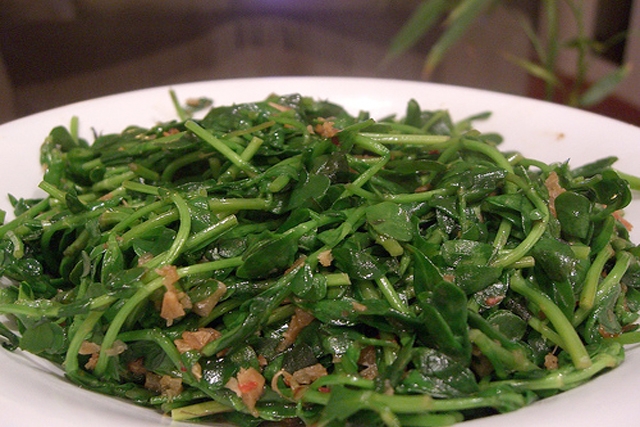 Stir fried Purslane, Chinese Style
Stir fried Purslane, Chinese Style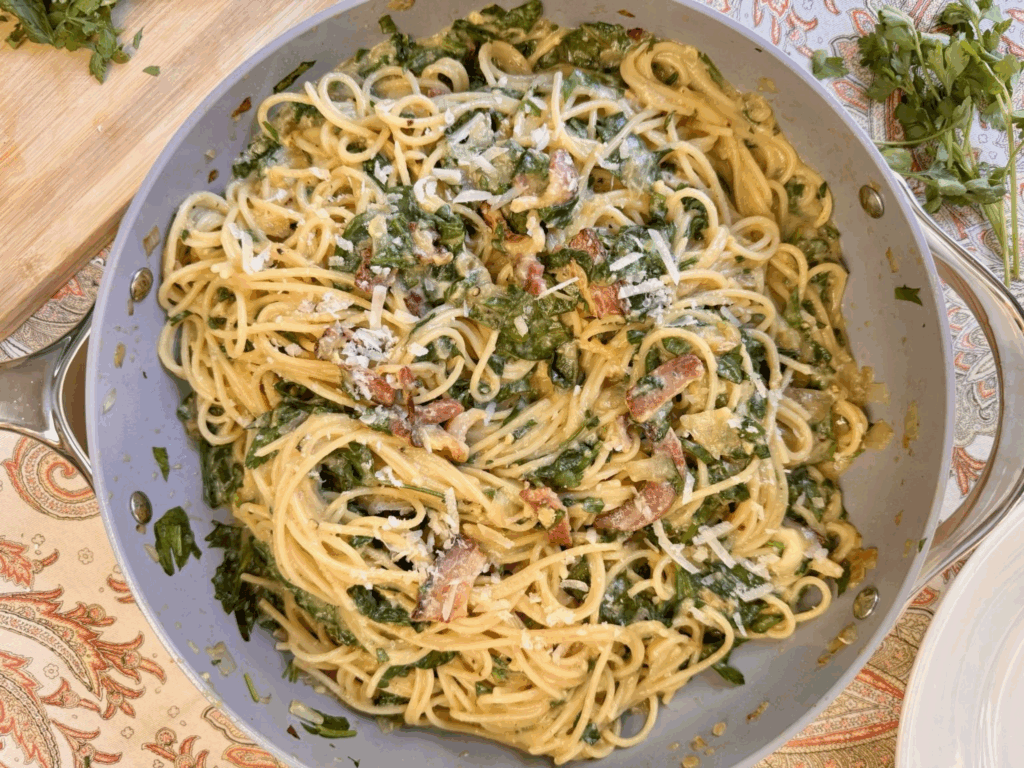 One Pot Bacon & Egg Spaghetti with Greens and Herbs
One Pot Bacon & Egg Spaghetti with Greens and Herbs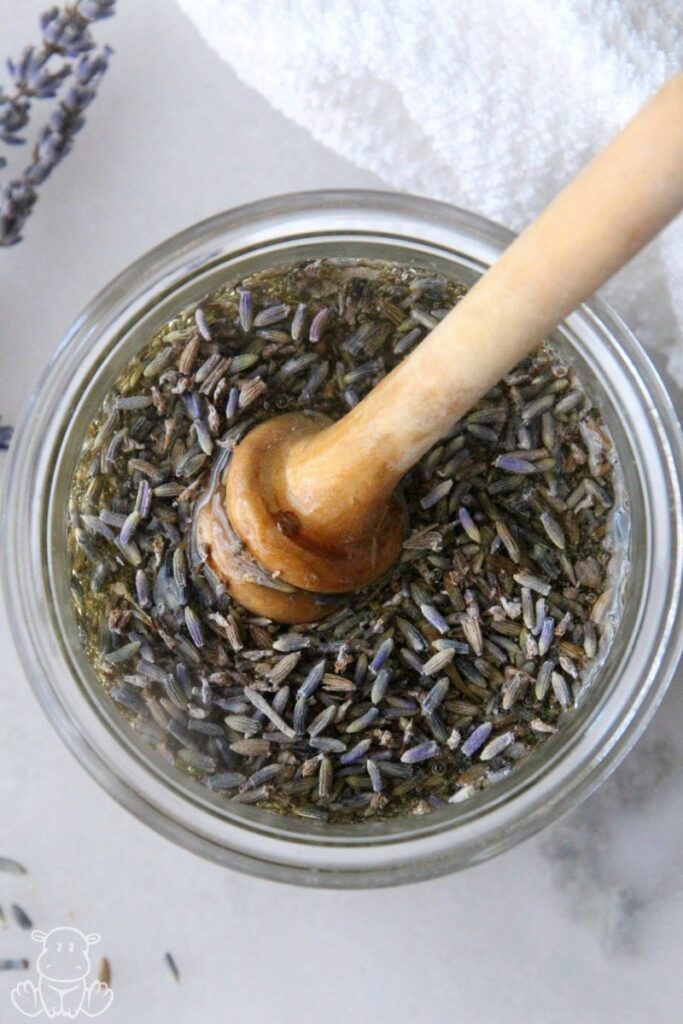 Lavender Honey
Lavender Honey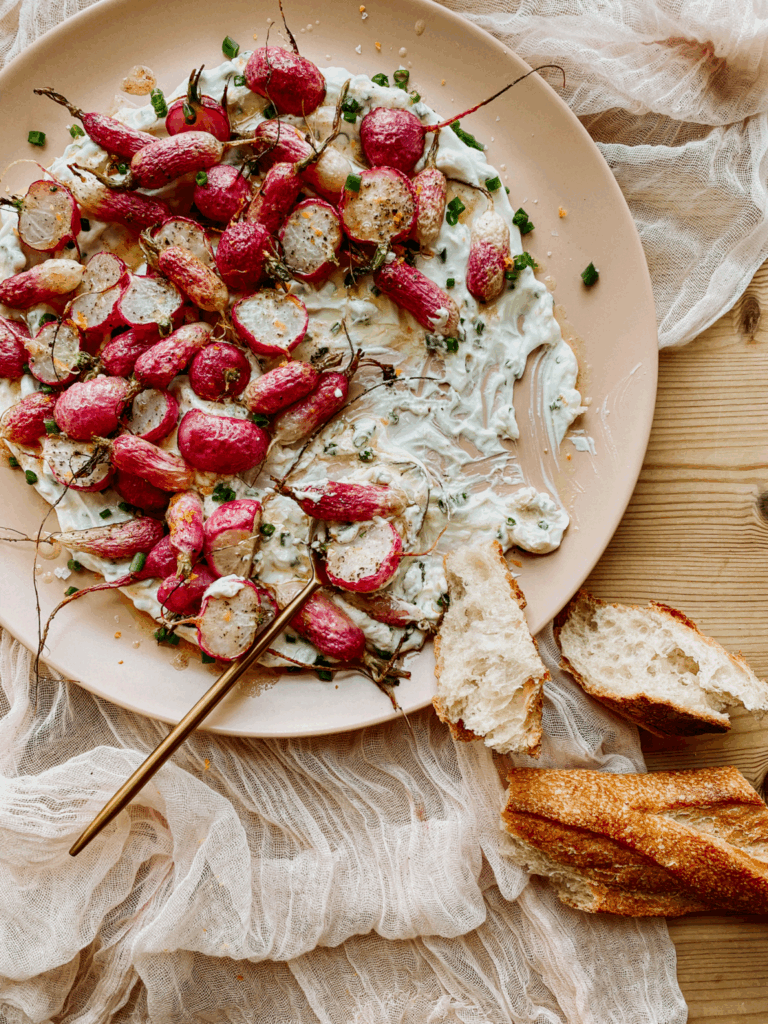 Roasted Radishes with Garlic Chive Yogurt
Roasted Radishes with Garlic Chive Yogurt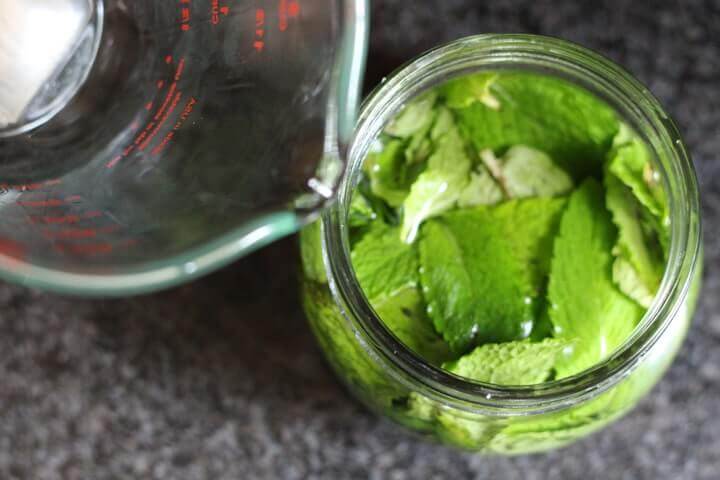 Mint Extract
Mint Extract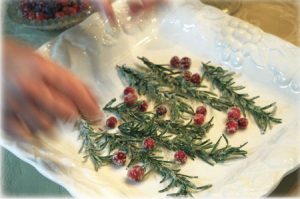 Sugared Cranberry and Rosemary Trees
Sugared Cranberry and Rosemary Trees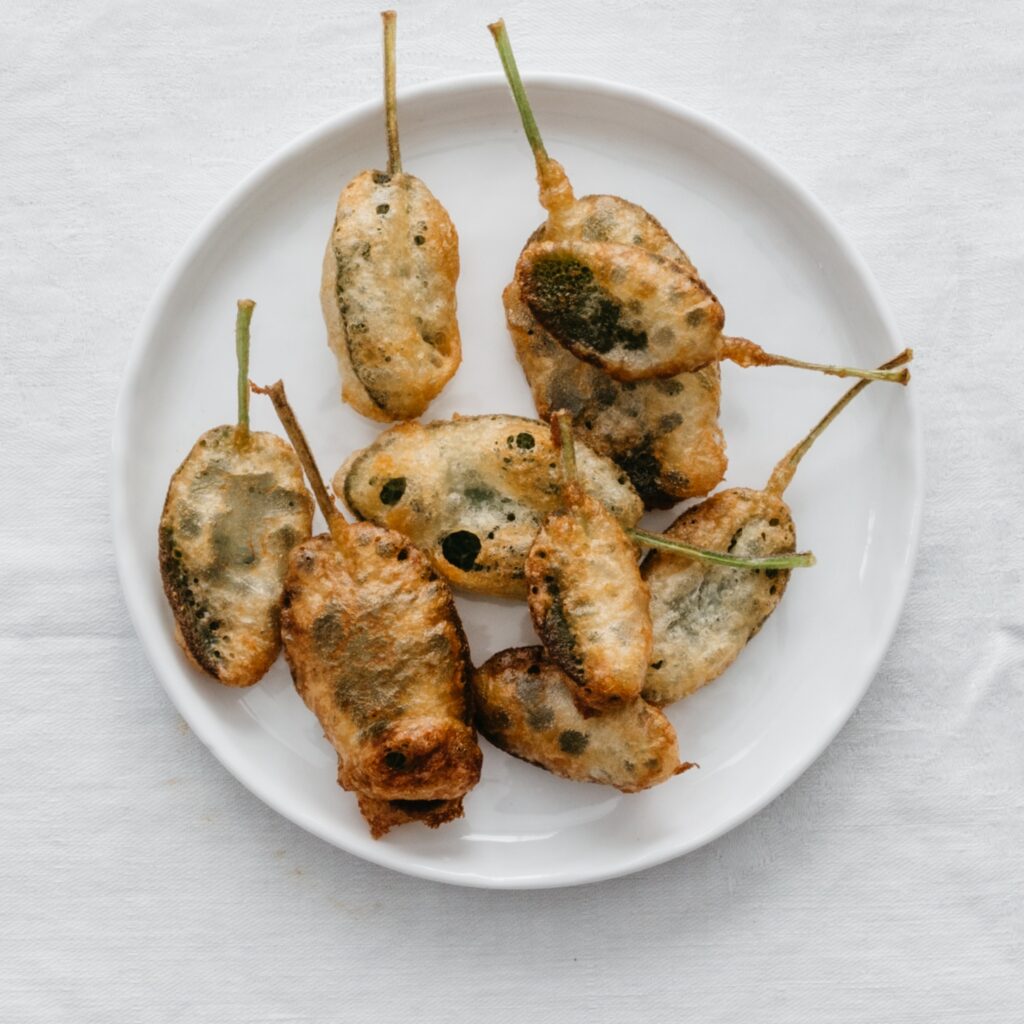 Cider-Battered Sage Leaves
Cider-Battered Sage Leaves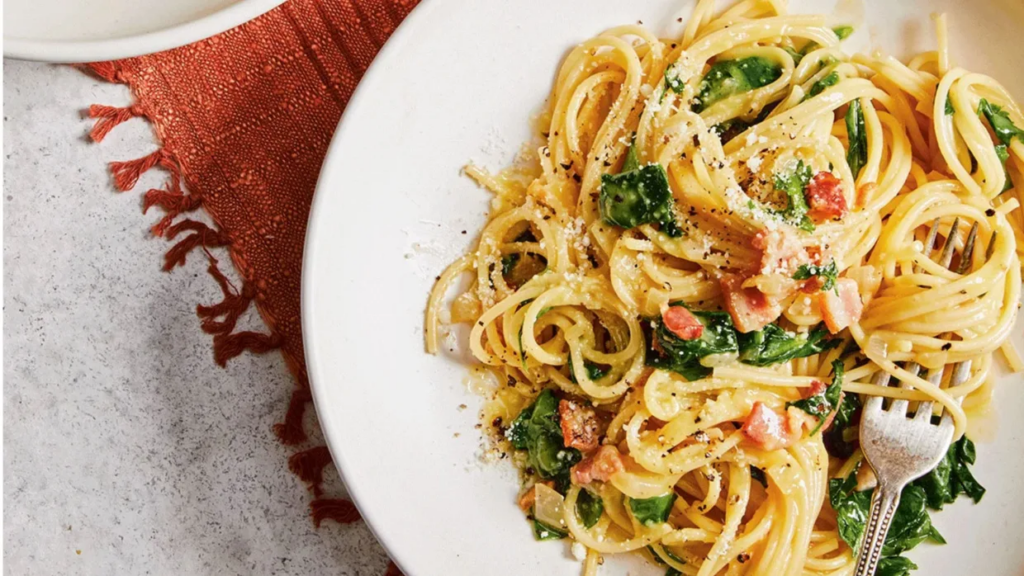 One Pot Bacon & Egg Spaghetti with Greens and Herbs
One Pot Bacon & Egg Spaghetti with Greens and Herbs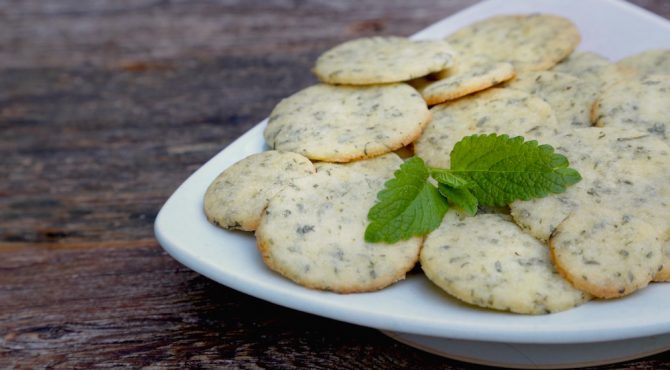 Lemonbalm Shortbread
Lemonbalm Shortbread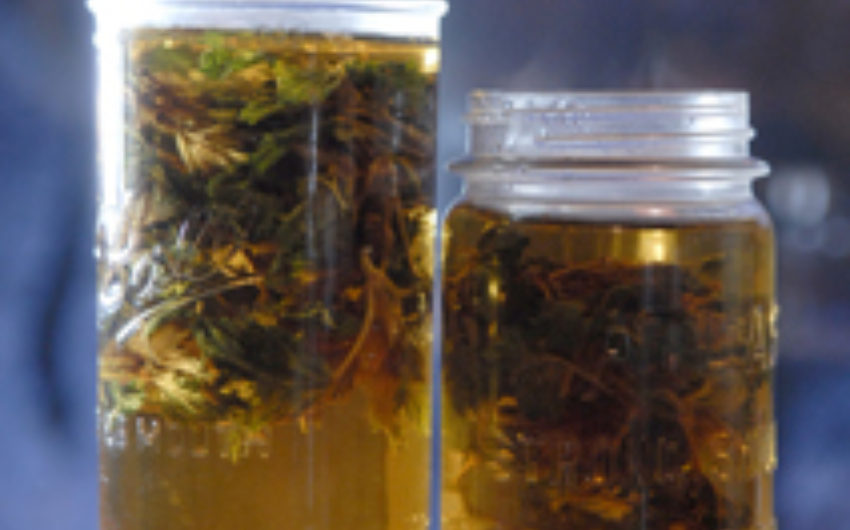 Nettle & Mint Tea
Nettle & Mint Tea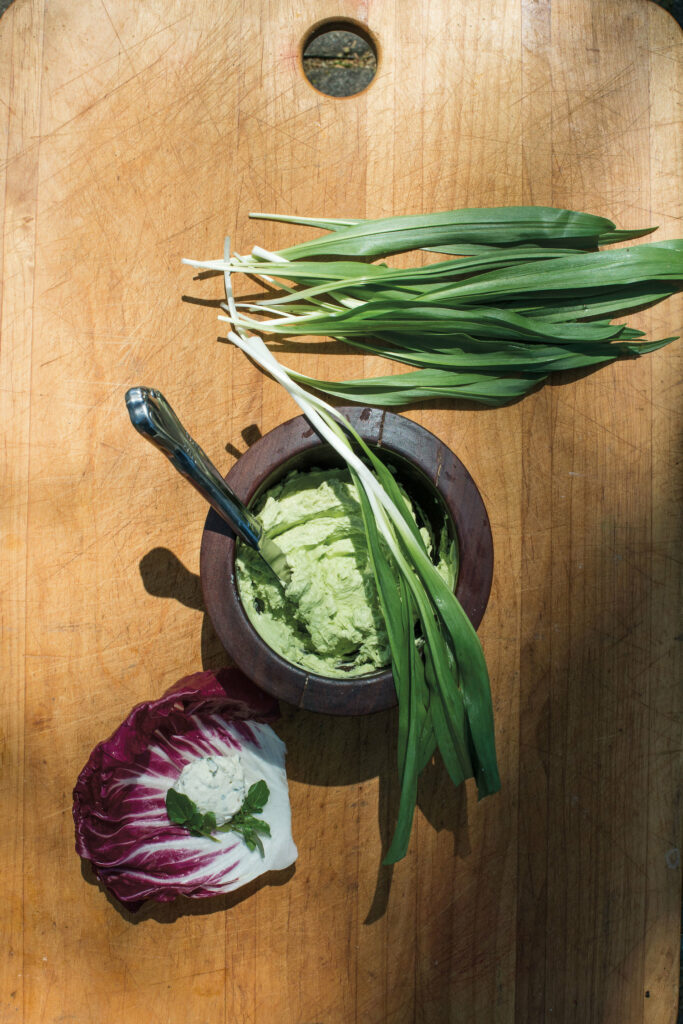 Watercress & Wild Garlic Herb Spread
Watercress & Wild Garlic Herb Spread Cherry Sorrel Cakes
Cherry Sorrel Cakes Anything Green Pesto
Anything Green Pesto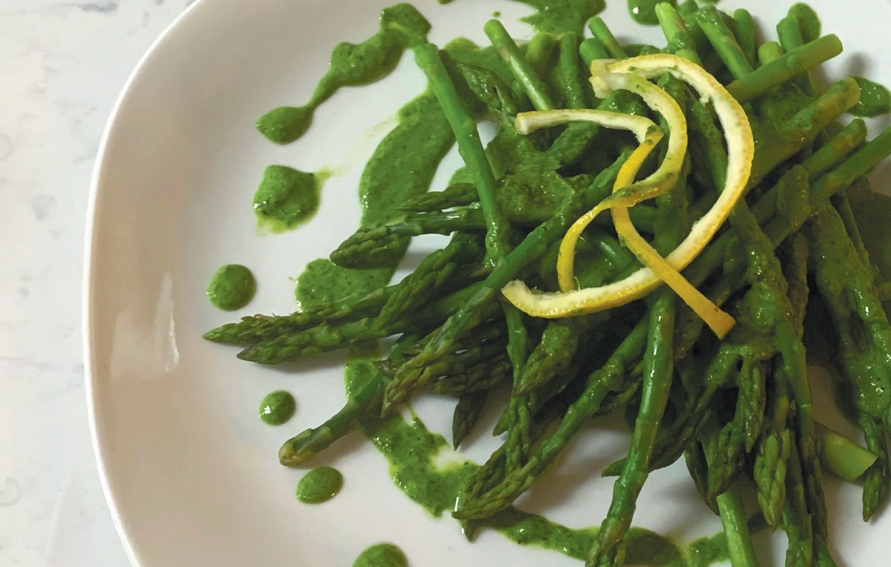 Creamy Sorrel Sauce
Creamy Sorrel Sauce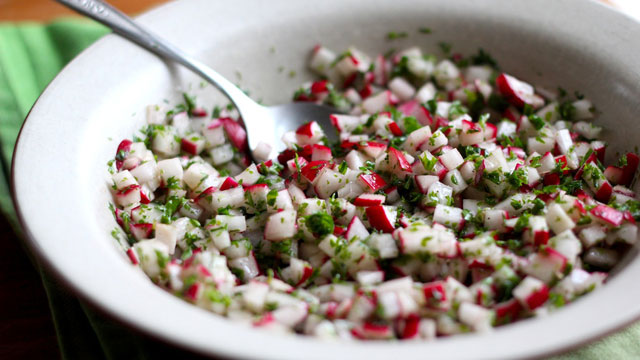 Spring Radish Salad
Spring Radish Salad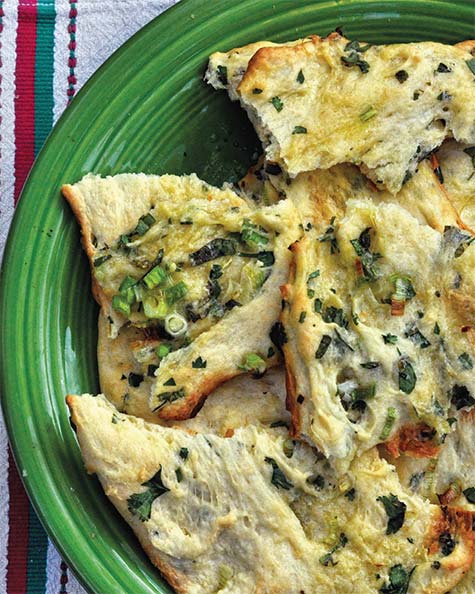 Herby Flatbread
Herby Flatbread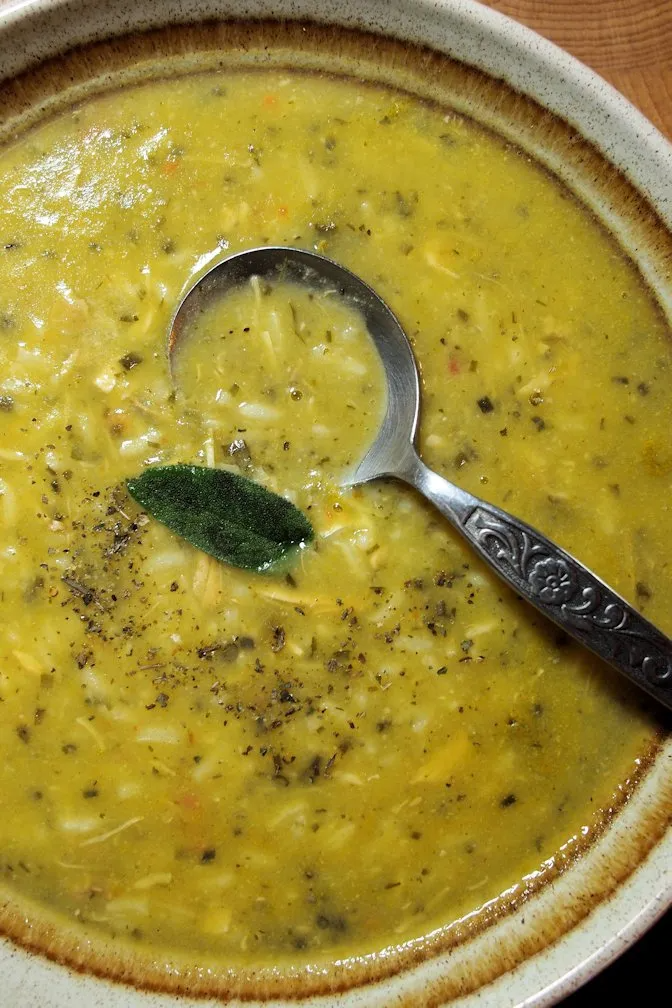 Wild Garlic, Lemon and Lovage Soup
Wild Garlic, Lemon and Lovage Soup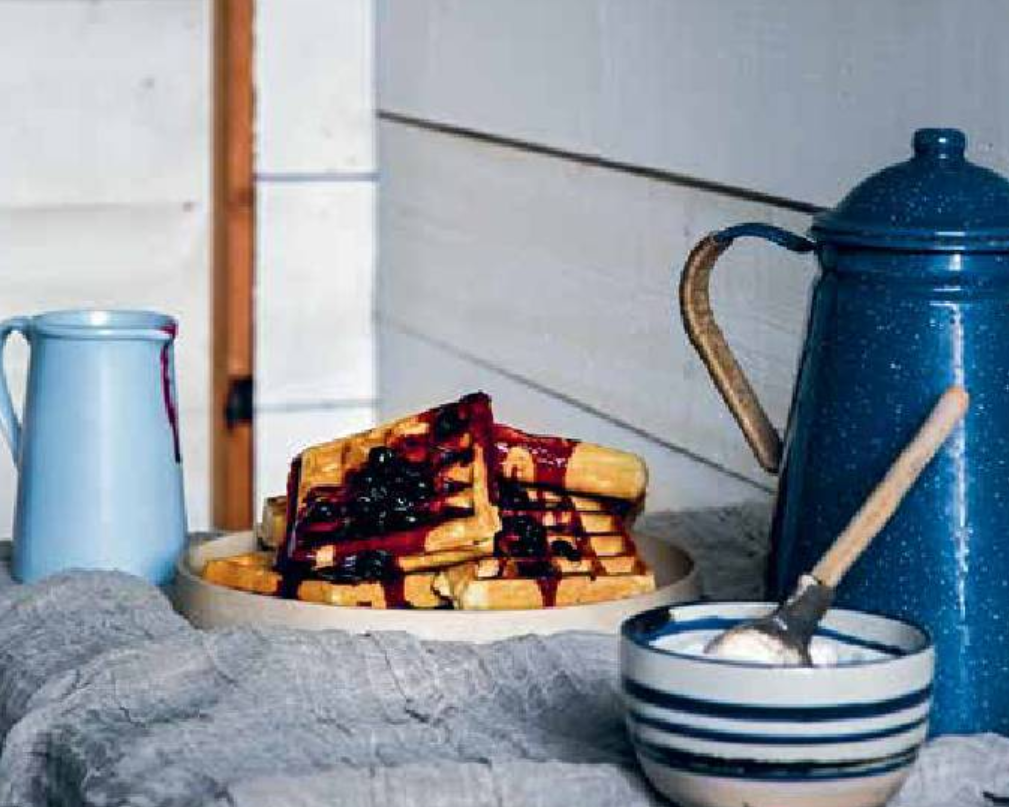 Blueberry Lemon Thyme Breakfast Waffles
Blueberry Lemon Thyme Breakfast Waffles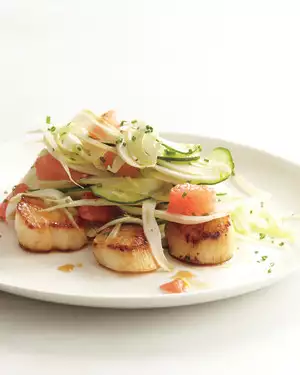 Seared Scallops with Shaved Fennel Cucumber and Grapefruit
Seared Scallops with Shaved Fennel Cucumber and Grapefruit Herb-Marinated Goat Cheese Mini Jars
Herb-Marinated Goat Cheese Mini Jars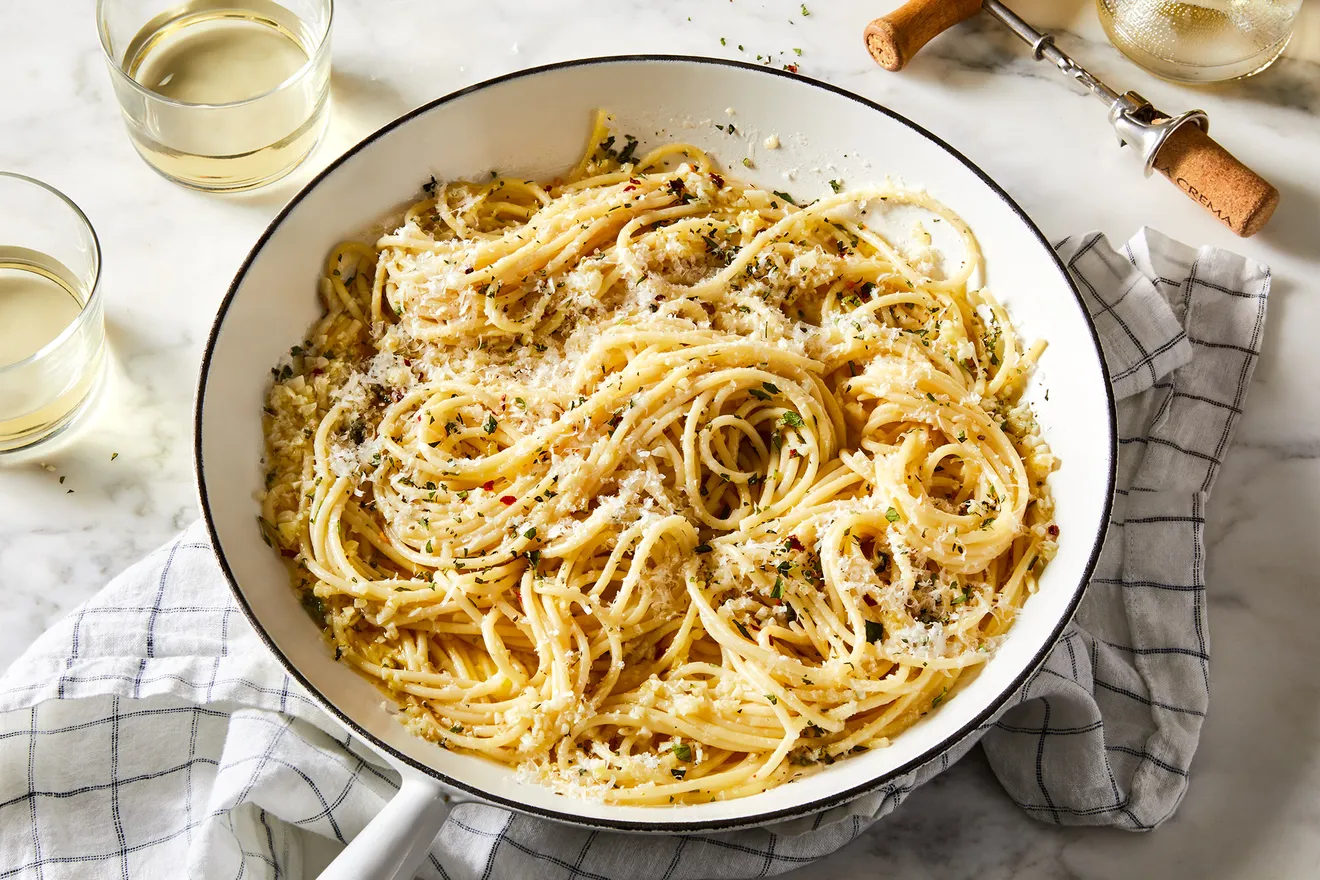 Parmesan Butter Linguine
Parmesan Butter Linguine Skillet Penne with Cherry Tomatoes, Beans and Olives
Skillet Penne with Cherry Tomatoes, Beans and Olives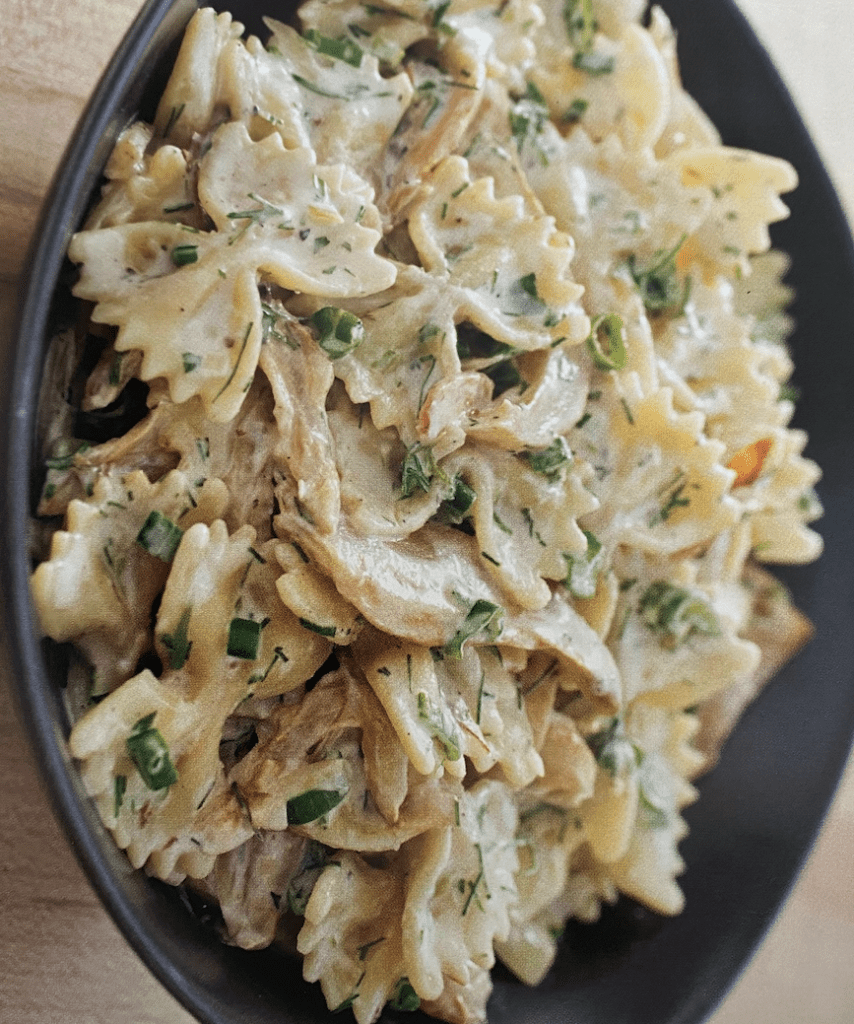
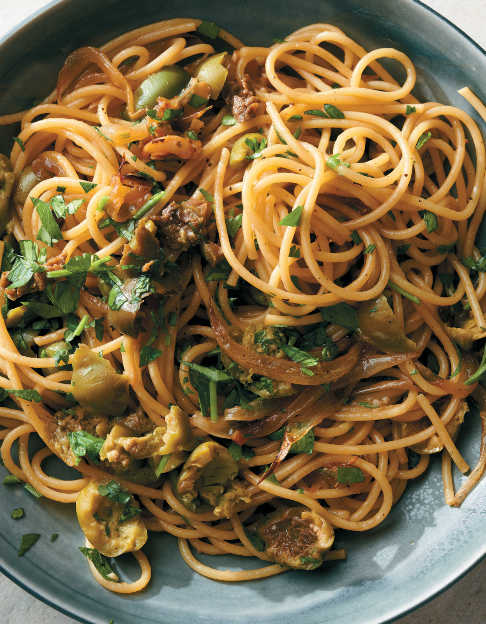 Winter Pasta with Garlic, Olives & Lemons
Winter Pasta with Garlic, Olives & Lemons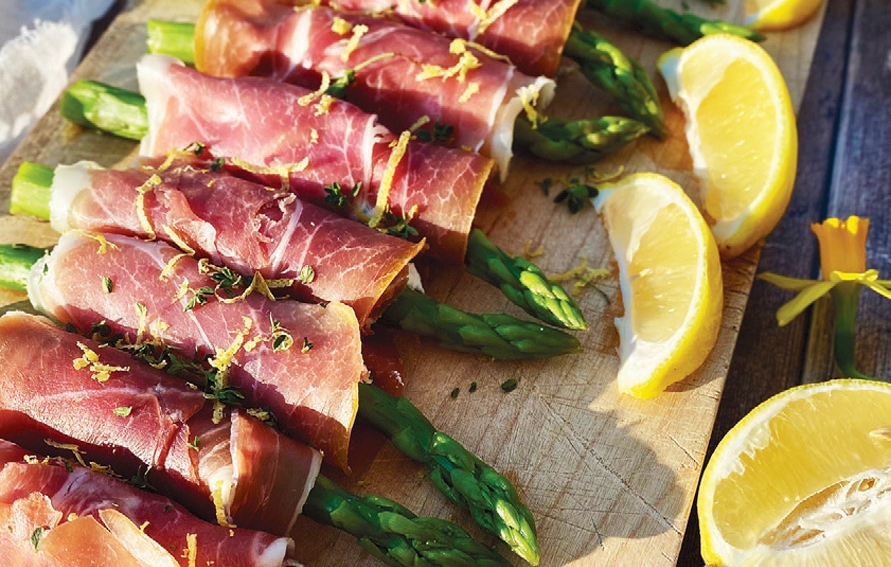 Prosciutto-Wrapped Lemon Thyme Farmer Cheese Asparagus Appetizer
Prosciutto-Wrapped Lemon Thyme Farmer Cheese Asparagus Appetizer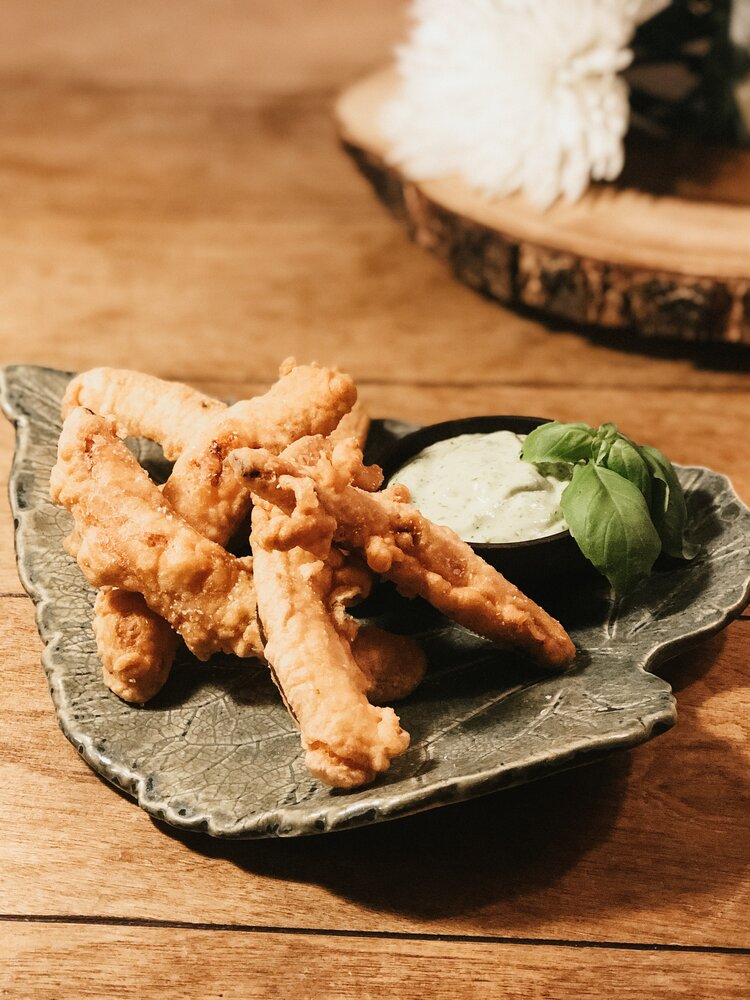 Tempura Pumpkin with Basil Aïoli
Tempura Pumpkin with Basil Aïoli